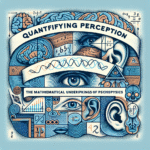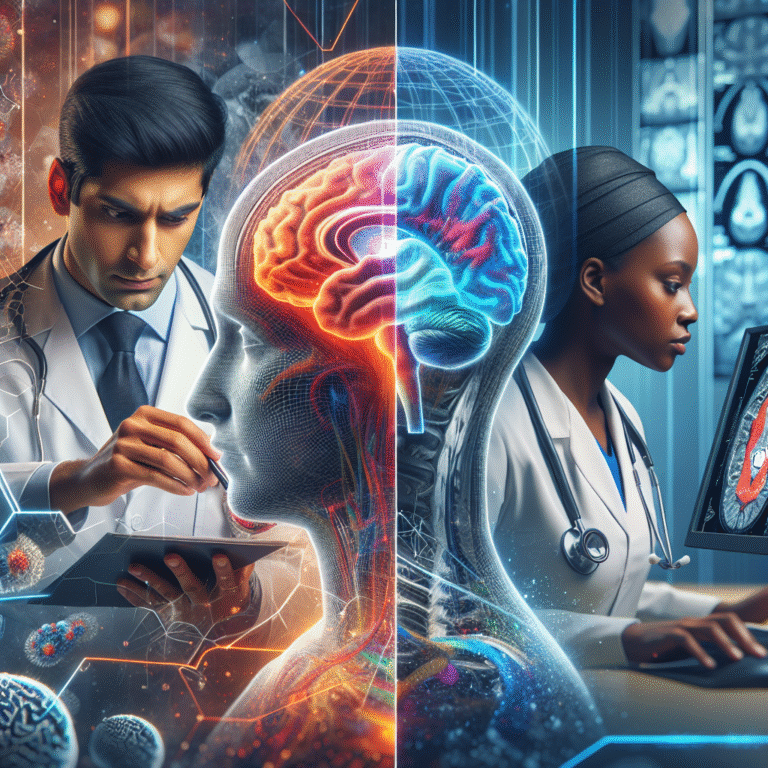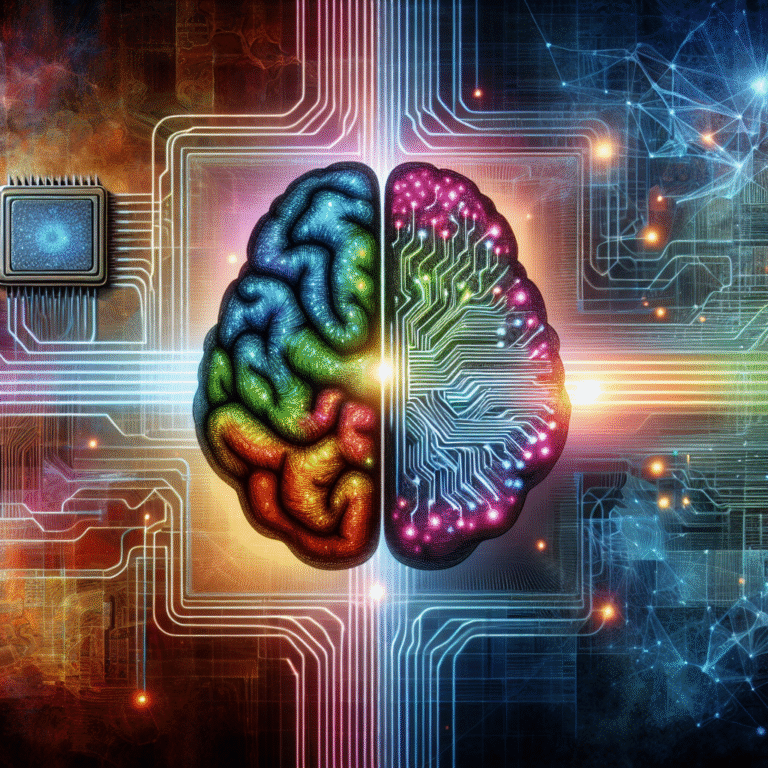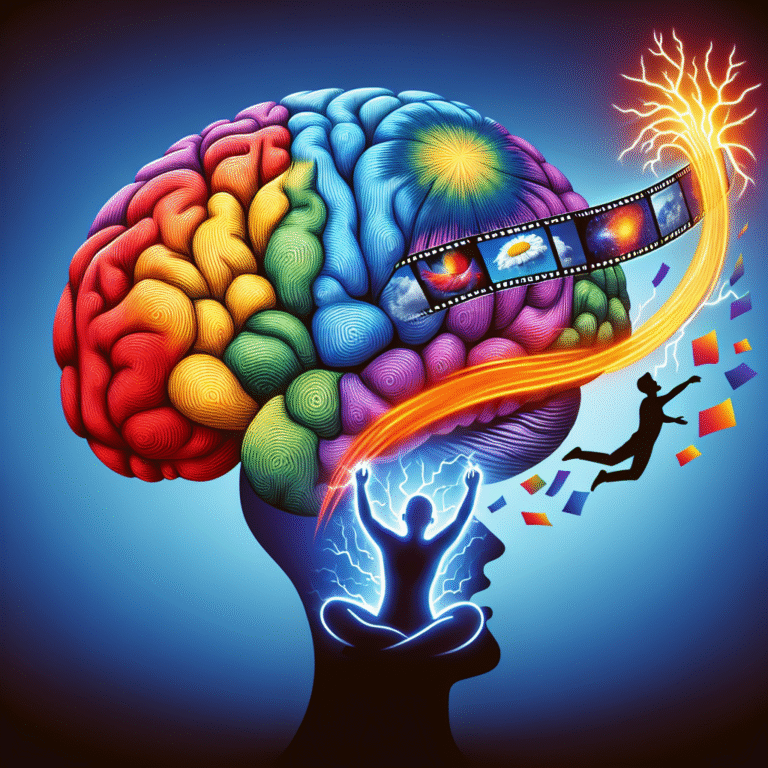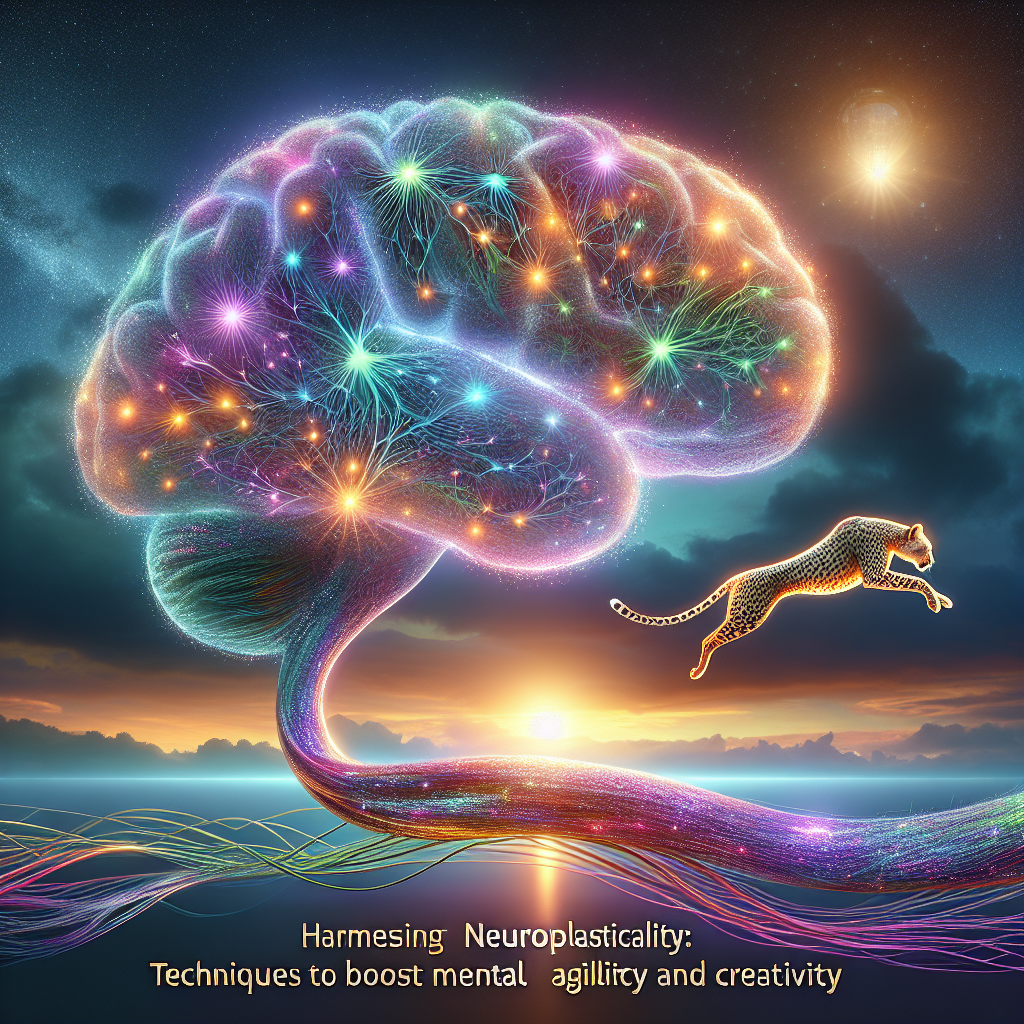
Introduction
In a world that’s constantly evolving, the ability to think creatively and adapt quickly has never been more essential. It’s no longer just the artists and innovators who need to harness their creativity; everyone from corporate executives to students can benefit from enhanced mental agility. What if you could rewire your brain to think better, faster, and more imaginatively? This is the promise of harnessing neuroplasticity: the brain’s remarkable ability to reorganize itself by forming new neural connections throughout life. In this article, we will explore powerful techniques to boost creativity and mental agility, revealing how anyone can tap into this awe-inspiring phenomenon.
Understanding Neuroplasticity
What is Neuroplasticity?
Neuroplasticity refers to the brain’s capability to change its structure and function in response to experience. It’s how we learn, adapt, and rewire ourselves. For example, when a person practices a skill repeatedly, like playing an instrument or learning a new language, their brain forms new neural pathways, making the skill easier to perform over time. This process is not limited to learning; it also encompasses recovery from injury and the adaptation of brain functions after trauma.
Key Concepts in Neuroplasticity
-
Structural Neuroplasticity: This involves physical changes in the brain’s structure through the growth of new connections.
-
Functional Neuroplasticity: This refers to the brain’s ability to transfer functions from damaged areas to undamaged areas.
- Experience-Dependent Neuroplasticity: This occurs when environmental factors influence the development of neural pathways.
Understanding neuroplasticity lays the groundwork for using specific techniques to boost mental agility and creativity.
Techniques to Harness Neuroplasticity
1. Mindfulness Meditation
Mindfulness meditation has gained popularity for its mental health benefits, but it’s also a powerful tool for enhancing neuroplasticity. Research shows that mindfulness practice increases the size of the hippocampus, the area of the brain involved in learning and memory.
Case Study: The Neuroscience of Mindfulness
A study conducted by neuroscientists at Harvard University demonstrated that participants who practiced mindfulness meditation for just eight weeks showed a measurable increase in gray matter density in brain regions associated with memory and emotional regulation. This case illustrates the effectiveness of mindfulness in promoting structural changes in the brain.
How to Practice Mindfulness
- Set a Timer: Start with 5-10 minutes daily.
- Focus on Your Breath: Pay attention to your inhalation and exhalation.
- Notice Your Thoughts: Acknowledge wandering thoughts without judgment.
2. Cognitive Exercises
Engaging in cognitive exercises can stimulate neuroplasticity by challenging your brain. Puzzles, memory games, and brain-training apps like Lumosity can sharpen mental agility and creativity.
Table: Popular Cognitive Exercises
| Exercise Type | Description | Benefits |
|---|---|---|
| Puzzles | Sudoku, crosswords, and jigsaw puzzles. | Improves problem-solving skills. |
| Memory Games | Matching cards or sequences. | Enhances working memory. |
| Brain-Training Apps | Use apps like Lumosity or Elevate. | Offers personalized brain workouts. |
3. Physical Exercise
Physical activity isn’t just good for the body; it’s also essential for the brain. Exercise increases the production of neurotrophic factors, which help in the creation of new neurons.
Case Study: The Impact of Running
A longitudinal study at Michigan State University found that runners had a significantly larger hippocampus compared to non-runners. The implication is clear: regular physical exercise fosters brain health and builds the foundation for enhanced creativity and cognitive flexibility.
Recommended Exercises
- Aerobic Workouts: Running, cycling, or dancing boosts heart rate.
- Strength Training: Lifting weights provides a different kind of challenge.
4. Learning New Skills
Learning new skills, whether it be a musical instrument, a foreign language, or even cooking, promotes neuroplasticity. The more challenging or unfamiliar the skill, the greater the potential for creating neural connections.
Analyzing the Learning Process
When you learn an instrument, various parts of your brain work in harmony, from motor skills to auditory processing. This activation fosters mental agility and creativity.
5. Sleep and Nutrition
Never underestimate the power of sleep and nutrition in enhancing mental agility. Quality sleep facilitates memory consolidation, while a balanced diet rich in omega-3 fatty acids, antioxidants, and vitamins supports overall brain health.
Table: Brain-Boosting Foods
| Food | Nutritional Benefits |
|---|---|
| Fatty Fish | High in omega-3 fatty acids. |
| Leafy Greens | Rich in antioxidants and vitamins. |
| Nuts and Seeds | Provide essential minerals like magnesium. |
6. Social Interaction
Engaging socially stimulates cognitive function. Conversation and collaborative tasks encourage creative problem-solving and mental agility.
Case Study: The Power of Group Projects
A study at Stanford University suggested that collaborative work enhances innovation and creativity. Groups often generate more ideas more rapidly than individuals working alone, showcasing how social dynamics can amplify cognitive capabilities.
7. Embracing Curiosity
Curiosity fuels learning and motivates us to seek new experiences. Cultivating curiosity can lead to expanded horizons, encouraging the formation of new neural pathways.
How to Foster Curiosity
- Ask Questions: Cultivate a habit of inquiry.
- Explore Diverse Interests: Dive into different fields or hobbies.
Conclusion
Harnessing neuroplasticity is not just a scientific curiosity; it’s a transformational tool that everyone can utilize. By embracing techniques such as mindfulness meditation, cognitive exercises, physical activity, and learning new skills, you can boost your mental agility and creativity. The brain’s ability to adapt and grow offers endless possibilities; all you need to do is take that first step.
In an age where adaptability is a coveted asset, understanding how to harness neuroplasticity becomes essential. Tap into its power, cultivate your creativity, and watch as your mental agility accelerates. Start today with small, actionable steps, and witness the remarkable transformations that follow.
FAQs
1. What is neuroplasticity and how does it work?
Neuroplasticity is the brain’s capacity to change and reorganize itself by forming new neural connections. This happens in response to learning, experience, and sometimes, injury.
2. Can anyone enhance their neuroplasticity?
Yes, neuroplasticity is a fundamental property of the human brain, and anyone can enhance it through practice, learning, and lifestyle changes.
3. How long does it take to see results from neuroplasticity techniques?
While some techniques may show immediate benefits, noticeable changes in brain structure and function can take weeks or even months of consistent practice.
4. Is there a downside to neuroplasticity?
Increased neuroplasticity can sometimes lead to negative outcomes, such as anxiety or stress-related disorders if unhealthy patterns are reinforced. Focusing on positive experiences is crucial.
5. How can I incorporate neuroplasticity techniques into my daily life?
You can incorporate techniques into your daily routine by starting with small practices, such as setting aside time for mindfulness meditation, engaging in cognitive exercises, or learning a new skill.
Through these sustained efforts, you can maximize the benefits of harnessing neuroplasticity: techniques to boost mental agility and creativity.



